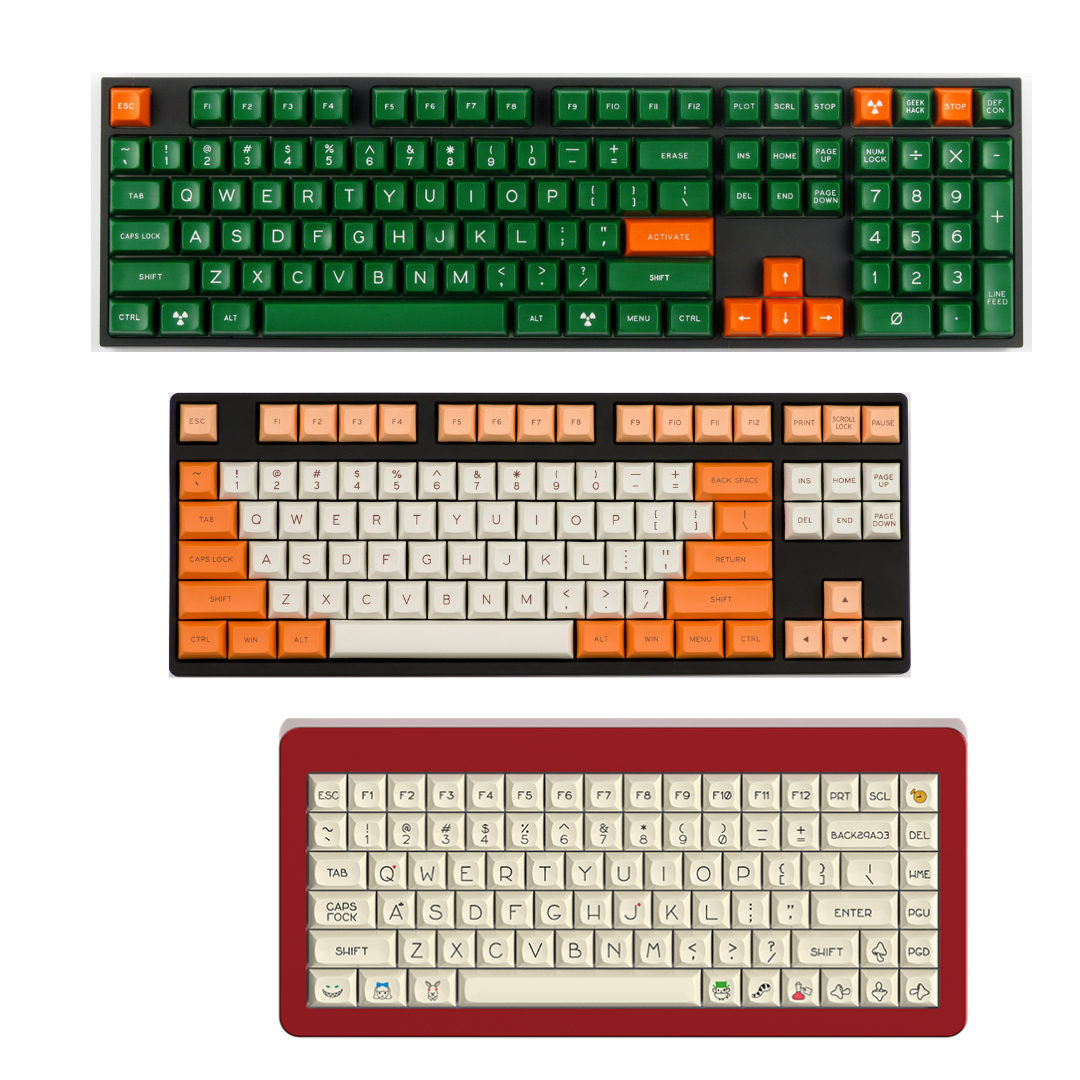What are the different keyboard sizes?

Keyboards come in a variety of sizes to suit different needs and preferences. With numbers floating around like 100, 80, 60, and 40, it can start to get confusing!
We hope this guide to keyboard sizes helps you understand what keyboard layouts exist, and their differences.
Full Size (100%)
- This is the most common keyboard size. It has 104-110 total keys including a numeric keypad. Good for typists who need a numpad. More desk space required.
TKL (Tenkeyless)
- A more compact keyboard without the numeric keypad. Has 87-88 keys. Saves desk space while maintaining arrow keys. It's preferred by many gamers.
75% / 80%
- Very compact keyboards lacking the F row and navigation cluster. Around 75-80 total keys. Arrows accessed via function layer. Portable and space saving.
65%
- An even more minimalist keyboard, trimming the F row and navigation cluster. Only has 65-68 keys. Arrow keys still present. For minimalists.
60%
- Among the smallest common sizes. Eliminates arrow keys entirely. Only around 60 total keys via function layers. Extremely portable.
40%
- The smallest conventional size. Only around 40-42 keys. Everything accessible via layers. For travel or extreme minimalism.
When deciding on a keyboard size, consider your needs: Do you require a numpad? Want arrow keys? Value portability? Your preferences for size, functionality, and desk space will determine the ideal keyboard size for your setup. The smaller you go, the more you'll need to adapt to layers. But you gain desk space and portability.


